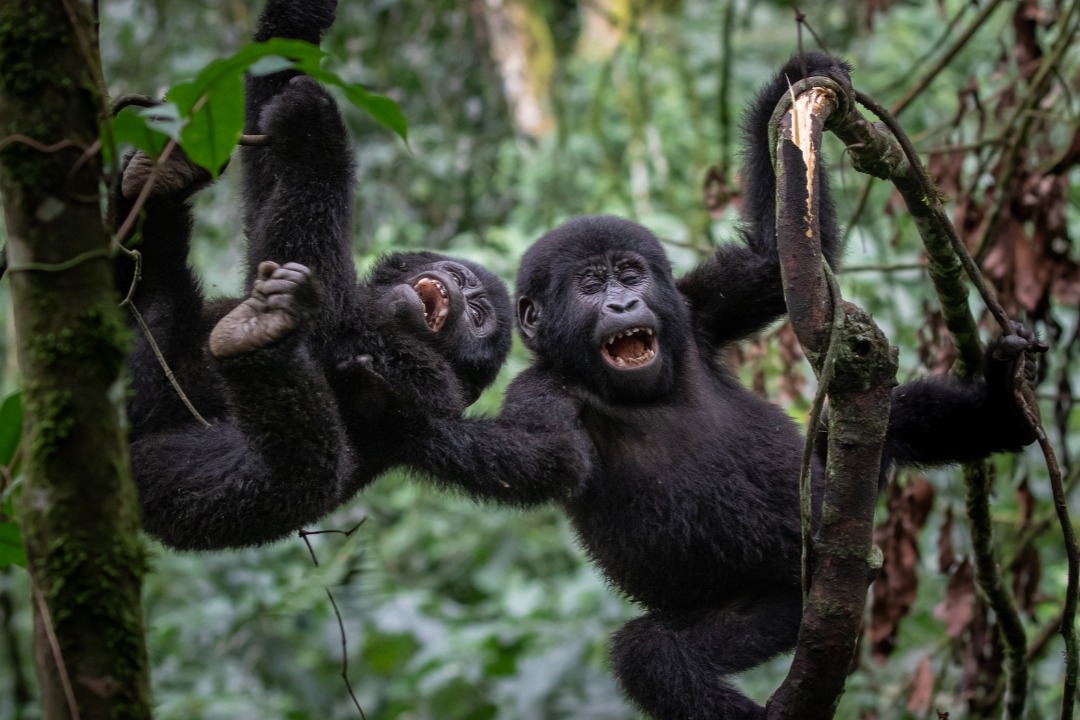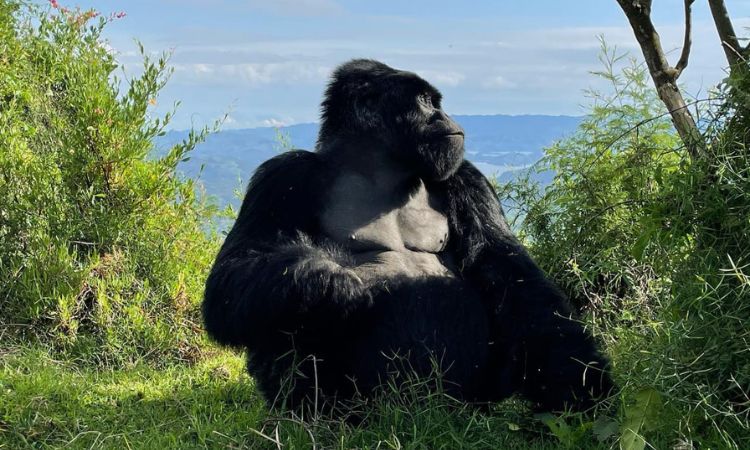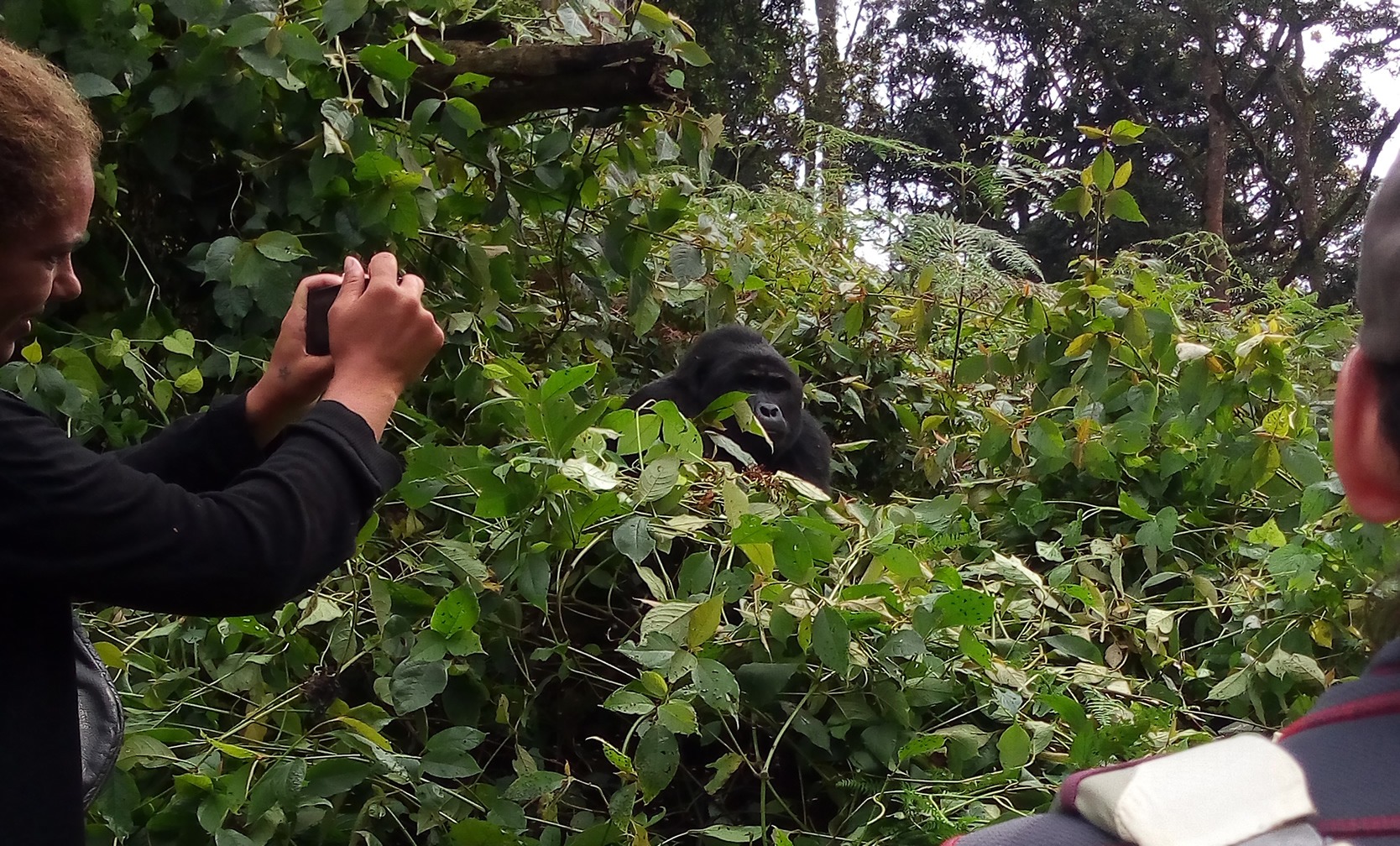
The Complete Guide to Uganda’s Gorilla Trekking Regions
Uganda stands as one of only three countries in the world where you can encounter mountain gorillas in their natural habitat, alongside Rwanda and the Democratic Republic of Congo. With over half of the world’s remaining mountain gorillas calling Uganda home, this East African nation offers two distinct trekking destinations: Bwindi Impenetrable National Park and Mgahinga Gorilla National Park. Choosing between these two remarkable locations can significantly shape your gorilla trekking tour experience.
Bwindi Impenetrable National Park: The Gorilla Capital
Bwindi Impenetrable National Park, a UNESCO World Heritage Site, sprawls across 331 square kilometers of ancient montane and lowland forest in southwestern Uganda. The park earns its name honestly—this is one of Africa’s oldest and most biologically diverse rainforests, with a dense tangle of vegetation that has remained relatively unchanged for over 25,000 years.
Home to approximately 459 mountain gorillas, roughly half the global population, Bwindi offers the highest likelihood of successful gorilla encounters. The park is divided into four distinct trekking sectors: Buhoma in the north, Ruhija in the east, Rushaga in the south, and Nkuringo in the southwest. Each sector operates independently with its own habituated gorilla families, ranger stations, and accommodation options.

Buhoma, the oldest and most developed sector, provides excellent infrastructure and easier accessibility, making it ideal for first-time trekkers or those seeking more comfort. Rushaga boasts the highest number of habituated gorilla families—up to eight groups—offering the best availability for permits during peak seasons. Ruhija and Nkuringo present more challenging terrain but reward trekkers with fewer crowds and a more wilderness-focused experience.
The forest itself is a cathedral of biodiversity. Beyond gorillas, Bwindi harbors 120 mammal species, 350 bird species including 23 Albertine Rift endemics, and over 200 butterfly species. The terrain varies considerably, with elevations ranging from 1,160 to 2,607 meters, creating diverse microclimates and ecosystems within the park.

Trekking in Bwindi typically involves navigating steep, muddy slopes through thick undergrowth—a physically demanding but profoundly rewarding experience. Treks can last anywhere from 30 minutes to eight hours depending on gorilla movements, though most encounters occur within two to six hours.
Mgahinga Gorilla National Park: The Volcanic Frontier
Mgahinga Gorilla National Park, Uganda’s smallest national park at just 33.7 square kilometers, sits in the far southwestern corner where Uganda meets Rwanda and the Democratic Republic of Congo. The park encompasses the Ugandan portion of the Virunga Mountains, including three majestic volcanic peaks: Mount Muhabura (4,127m), Mount Gahinga (3,474m), and Mount Sabyinyo (3,645m).

Unlike Bwindi’s dense rainforest, Mgahinga features montane forest, bamboo zones, and alpine meadows, offering dramatically different scenery. The park is home to one habituated gorilla family—the Nyakagezi group—which historically migrated between Uganda, Rwanda, and Congo but has remained relatively stable in Uganda in recent years.
This single-group setup makes Mgahinga more intimate but also riskier for planning purposes. If the gorillas cross into neighboring countries, treks may be canceled or relocated to Bwindi, though this has become increasingly rare. The smaller scale means fewer tourists, creating a more exclusive and peaceful trekking experience when permits are available.
Beyond gorillas, Mgahinga offers unique experiences unavailable in Bwindi. The park is one of the few places where you can track endangered golden monkeys, and the volcanic peaks provide spectacular hiking opportunities with panoramic views across three countries. The cultural heritage of the Batwa people, indigenous forest dwellers, is also more prominently featured here through the Batwa Trail experience.
Making Your Choice
Choosing between Bwindi and Mgahinga depends on your priorities and circumstances. Bwindi is the safer choice for guaranteed gorilla encounters, offering more habituated families, greater permit availability, and diverse trekking sectors to match different fitness levels and preferences. The park’s size and biodiversity make it compelling for longer stays and wildlife enthusiasts.
Mgahinga appeals to adventurers seeking a more remote, less commercialized experience with dramatic volcanic landscapes. It’s ideal for those combining gorilla trekking with volcano hiking or golden monkey tracking, or for travelers who value exclusivity over certainty.

Both parks require permits costing $800 per person for international visitors, with treks limited to one hour with the gorillas once located. The best trekking seasons run from June to September and December to February, during the drier months when trails are more manageable.
Ultimately, Uganda’s greatest advantage is that you don’t have to choose just one. Many travelers incorporate both parks into their itinerary, experiencing the ancient forests of Bwindi and the volcanic majesty of Mgahinga for a complete gorilla safari adventure. Whichever you choose, coming face to face with mountain gorillas in their natural habitat remains one of wildlife travel’s most profound and humbling experiences.
To book a gorilla trekking tour in Bwindi forest or Mgahinga ranges- simply contact us now by sending an email to info@mumwesafarisuganda.com or call us now on +256-700135510 to speak with the reservations team.



